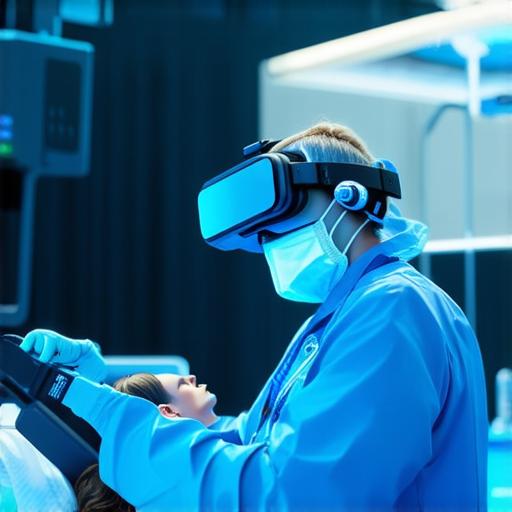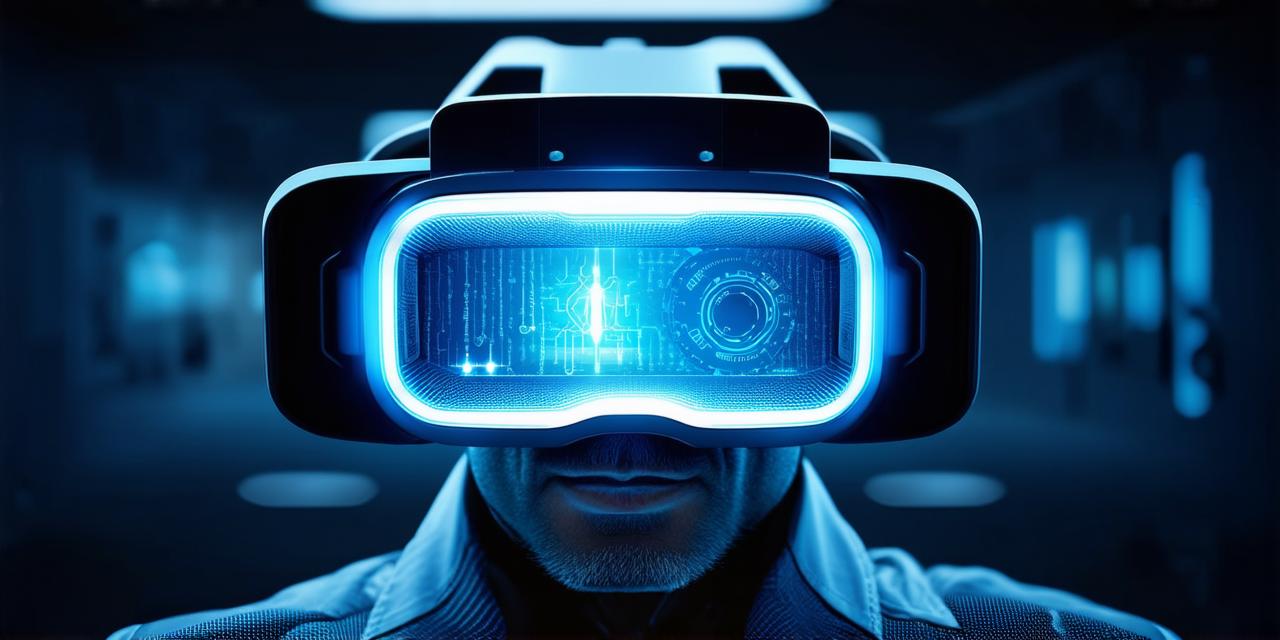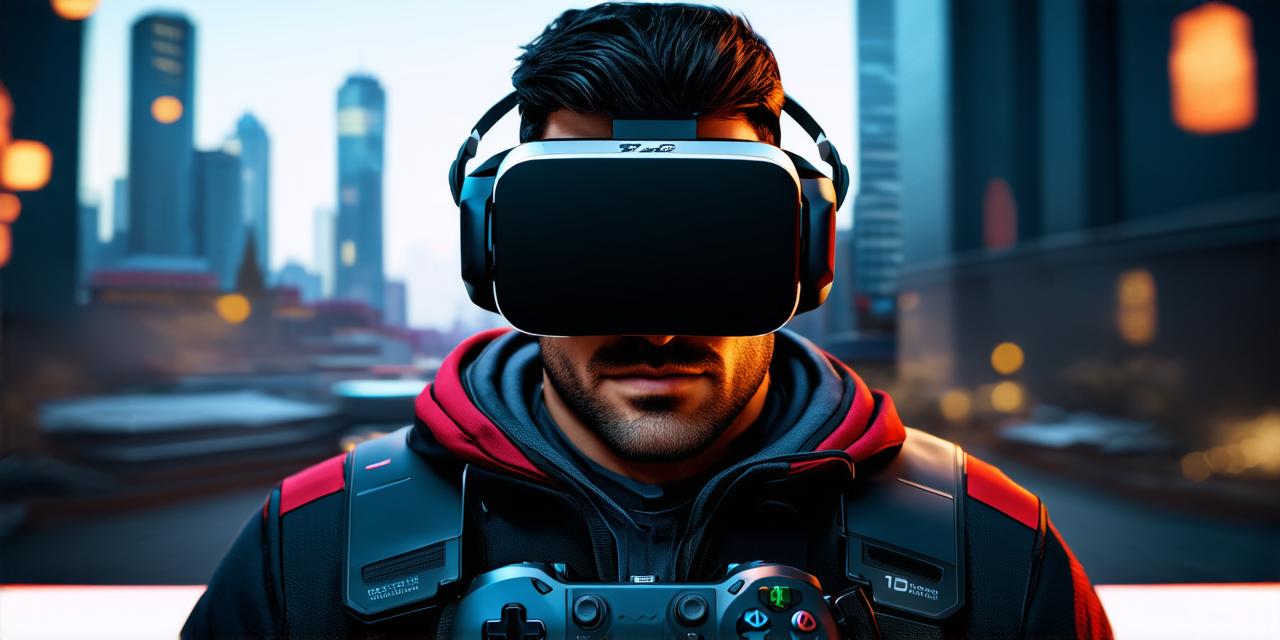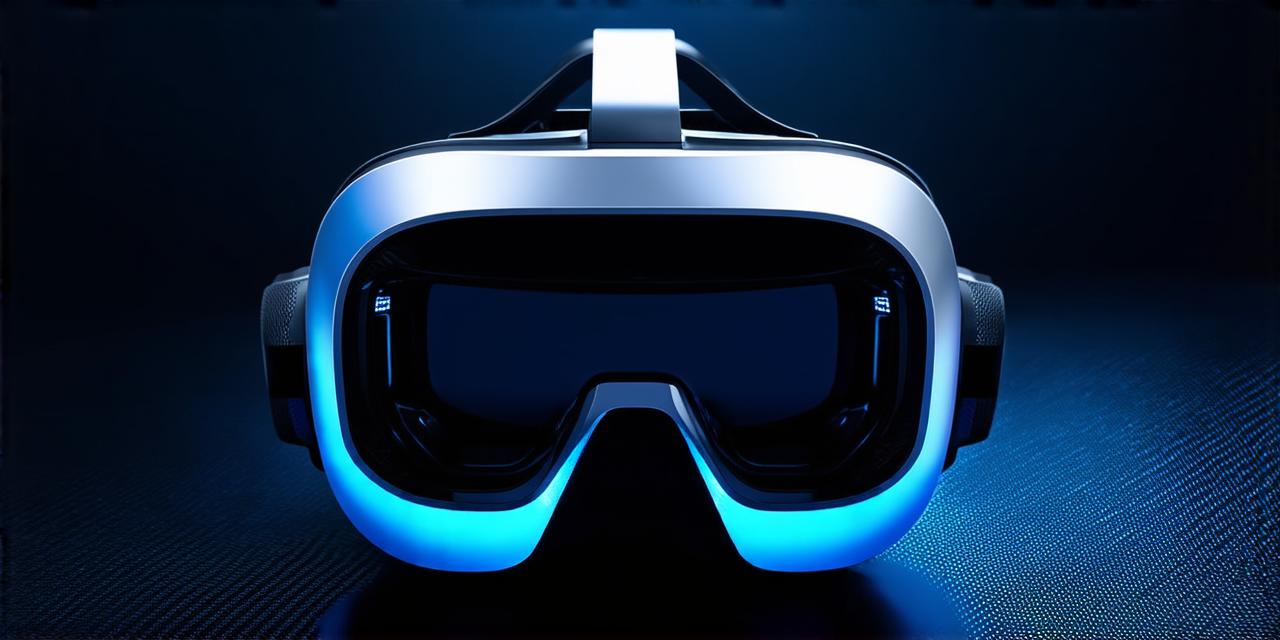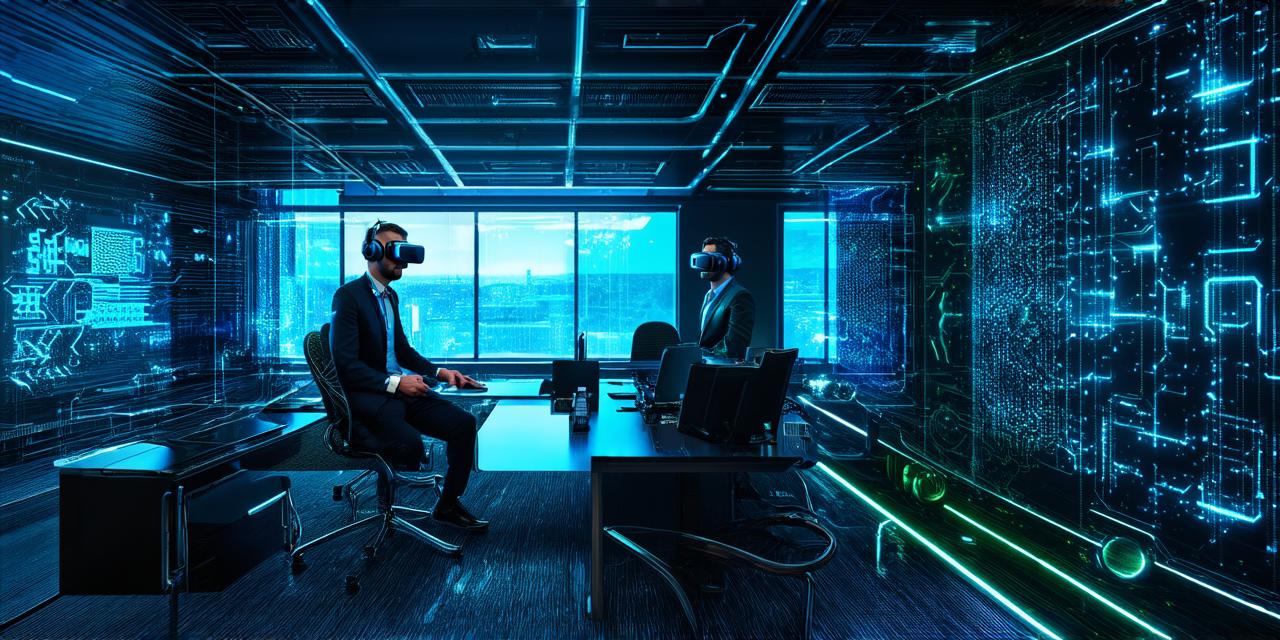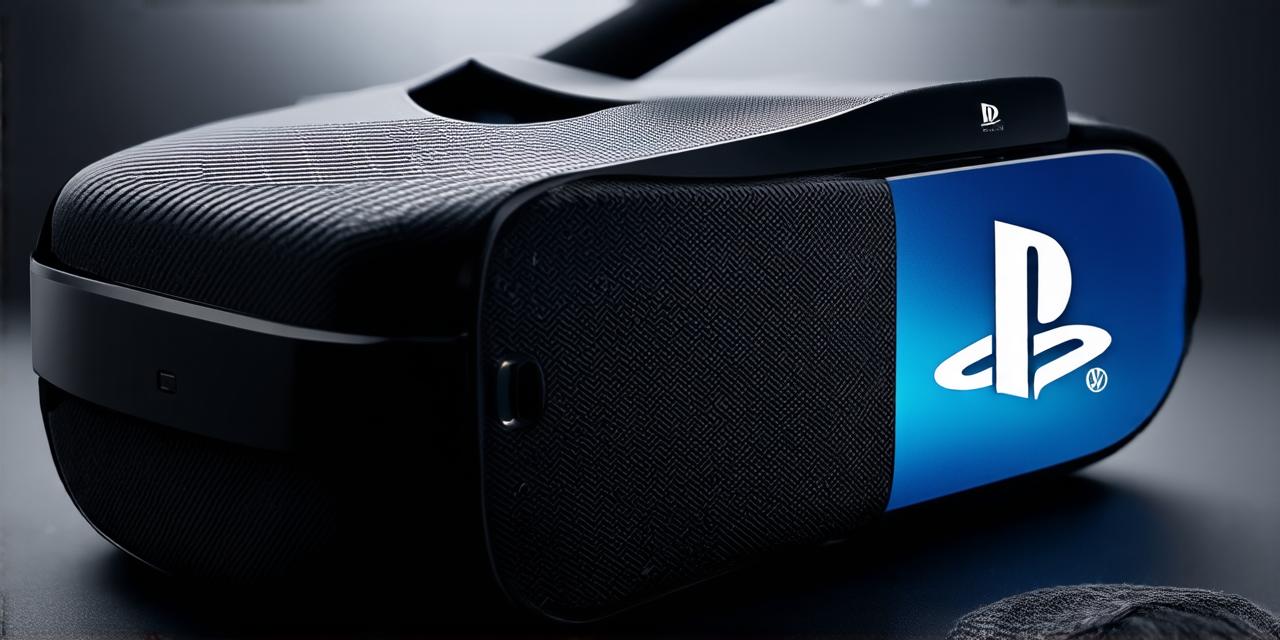The Role of Virtual Reality in Healthcare
Virtual reality technology has the potential to revolutionize the way healthcare is delivered. Here are some ways that VR is currently being used in healthcare:
-
Pain Management: One of the most common applications of VR in healthcare is pain management. Patients can use VR headsets and controllers to immerse themselves in a virtual environment, which can help distract them from their pain and reduce the perception of discomfort. A study published in JAMA found that patients who used VR for pain management reported a 30% reduction in pain levels compared to those who did not use VR.
-
Medical Training: VR technology is also being used for medical training purposes. Medical students can use VR simulations to practice surgical procedures and other medical treatments in a safe and controlled environment. This allows them to gain valuable experience without risking the lives of real patients. A study published in the Journal of Medical Internet Research found that medical students who used VR for training reported an 80% increase in their confidence level compared to those who did not use VR.
-
Mental Health Therapy: Virtual reality technology is also being used for mental health therapy. Patients can use VR to simulate real-life scenarios that trigger their anxiety or PTSD, and work through these triggers with the help of a therapist. A study published in Frontiers in Psychiatry found that patients who used VR for PTSD therapy reported a 50% reduction in symptoms compared to those who did not use VR.
-
Rehabilitation: Virtual reality technology can also be used for rehabilitation purposes. Patients can use VR simulations to practice physical therapy exercises or other rehabilitation programs, which can help speed up their recovery process. A study published in the Journal of Rehabilitation Medicine found that patients who used VR for rehabilitation reported a 30% increase in their range of motion compared to those who did not use VR.
How AR Developers Can Benefit from Virtual Reality in Healthcare
AR developers can benefit from virtual reality technology in healthcare in several ways:
-
Medical Device Development: AR developers can help design and develop medical devices that incorporate VR technology. These devices can be used for various medical purposes, such as pain management or surgical training. By incorporating VR technology into medical devices, patients can receive a more immersive and engaging experience.
-
Medical App Development: AR developers can also help develop medical apps that incorporate VR technology. These apps can be used for various medical purposes, such as mental health therapy or rehabilitation. By developing medical apps that incorporate VR technology, patients can receive a more personalized and effective treatment plan.
-
Healthcare Education: AR developers can also help educate the healthcare industry about virtual reality technology. This can include developing training programs for healthcare professionals or creating educational content for patients. By educating the healthcare industry about virtual reality technology, AR developers can help ensure that this technology is used effectively and efficiently in healthcare settings.
-
Medical Tourism: Virtual reality technology can also be used to promote medical tourism. Patients who are looking for specialized treatments or procedures can use VR simulations to experience the facilities and services provided by a particular hospital or clinic. This can help patients make informed decisions about where to receive treatment.
Case Studies in Virtual Reality in Healthcare
There are many case studies that demonstrate the effectiveness of virtual reality technology in healthcare. Here are a few examples:
-
The VR Pain Clinic: A study published in JAMA found that patients who used VR for pain management reported a 30% reduction in pain levels compared to those who did not use VR.
-
The VR Surgical Training Program: A study published in the Journal of Medical Internet Research found that medical students who used VR for training reported an 80% increase in their confidence level compared to those who did not use VR.
-
The VR Mental Health Therapy Program: A study published in Frontiers in Psychiatry found that patients who used VR for PTSD therapy reported a 50% reduction in symptoms compared to those who did not use VR.
-
The VR Rehabilitation Program: A study published in the Journal of Rehabilitation Medicine found that patients who used VR for rehabilitation reported a 30% increase in their range of motion compared to those who did not use VR.
Expert Opinions on Virtual Reality in Healthcare
Here are some expert opinions on virtual reality technology in healthcare:
“Virtual reality has the potential to revolutionize the way we approach pain management in healthcare. By providing patients with an immersive and engaging experience, VR can help distract them from their pain and reduce the perception of discomfort.” – Dr. David Hackworth, Chief Medical Officer at PwC
“Virtual reality technology is already being used for medical training purposes, and its potential for this application is only beginning to be realized. By providing medical students with a safe and controlled environment to practice surgical procedures and other medical treatments, VR can help improve the quality of care provided by healthcare professionals.” – Dr. James Madera, Director of Medical Education at Stanford University School of Medicine
“Virtual reality technology is also being used for mental health therapy purposes, and its potential for this application is significant. By providing patients with a safe and controlled environment to work through their anxiety or PTSD triggers, VR can help improve the effectiveness of mental health treatments.” – Dr. Andrew Shatte, Chief of Psychiatry at Stanford University School of Medicine
“Virtual reality technology can also be used for rehabilitation purposes, and its potential in this area is significant. By providing patients with an immersive and engaging environment to practice physical therapy exercises or other rehabilitation programs, VR can help speed up the recovery process.” – Dr. Michael Wirth, Chief of Physical Medicine and Rehabilitation at Stanford University School of Medicine
Real-Life Examples of Virtual Reality in Healthcare
There are many real-life examples of virtual reality technology being used in healthcare settings around the world. Here are a few examples:
-
The VR Pain Clinic at St. Mary’s Hospital in London uses virtual reality technology to provide patients with an immersive and engaging experience for pain management. Patients can use VR headsets and controllers to immerse themselves in a virtual environment that distracts them from their pain and reduces the perception of discomfort.
-
The VR Surgical Training Program at Stanford University School of Medicine uses virtual reality technology to provide medical students with a safe and controlled environment to practice surgical procedures and other medical treatments. By using VR simulations, medical students can gain valuable experience without putting patients at risk.
-
The VR Mental Health Therapy Program at the University of California San Francisco uses virtual reality technology to provide patients with a safe and controlled environment to work through their anxiety or PTSD triggers. By using VR simulations, patients can confront their fears in a controlled setting and improve the effectiveness of their treatment.
-
The VR Rehabilitation Program at the Mayo Clinic in Rochester uses virtual reality technology to provide patients with an immersive and engaging environment to practice physical therapy exercises or other rehabilitation programs, which can help speed up their recovery process.
